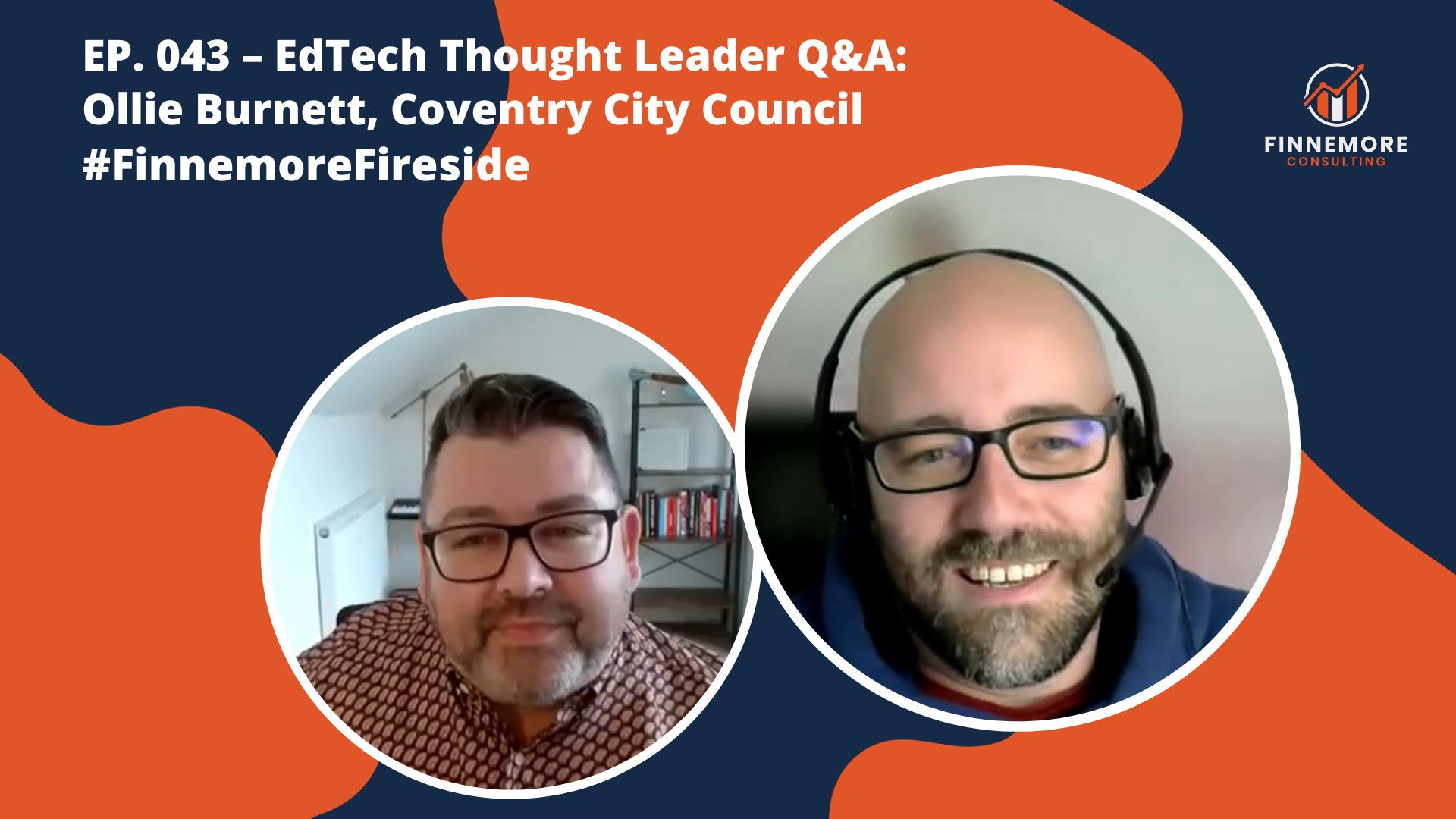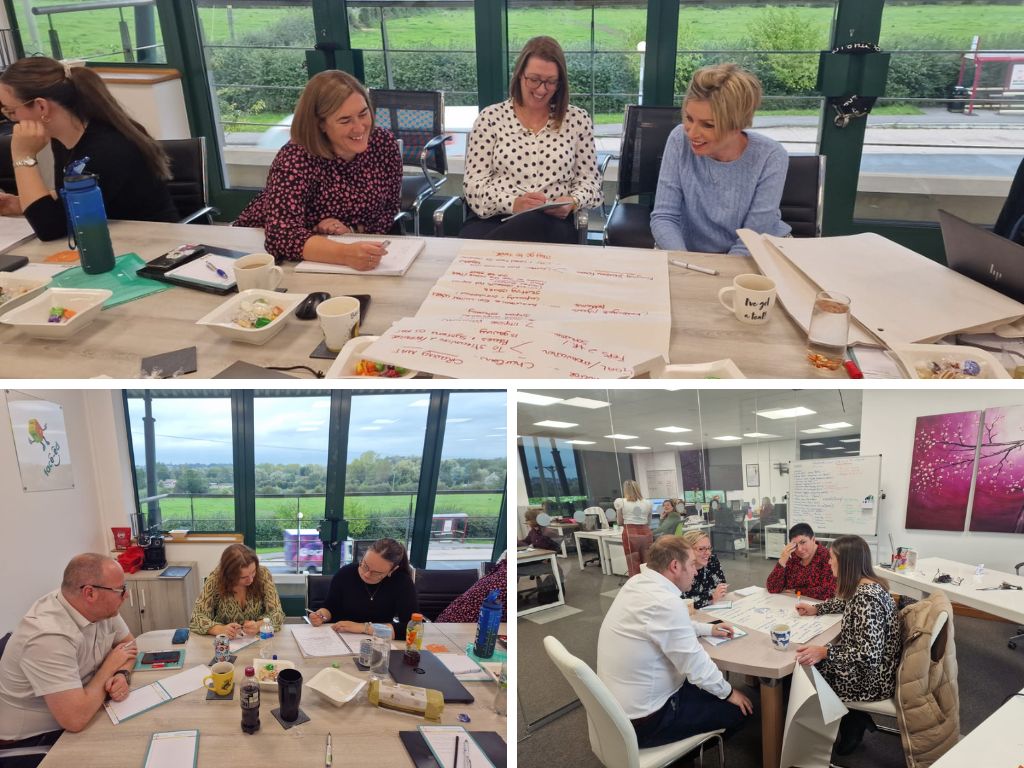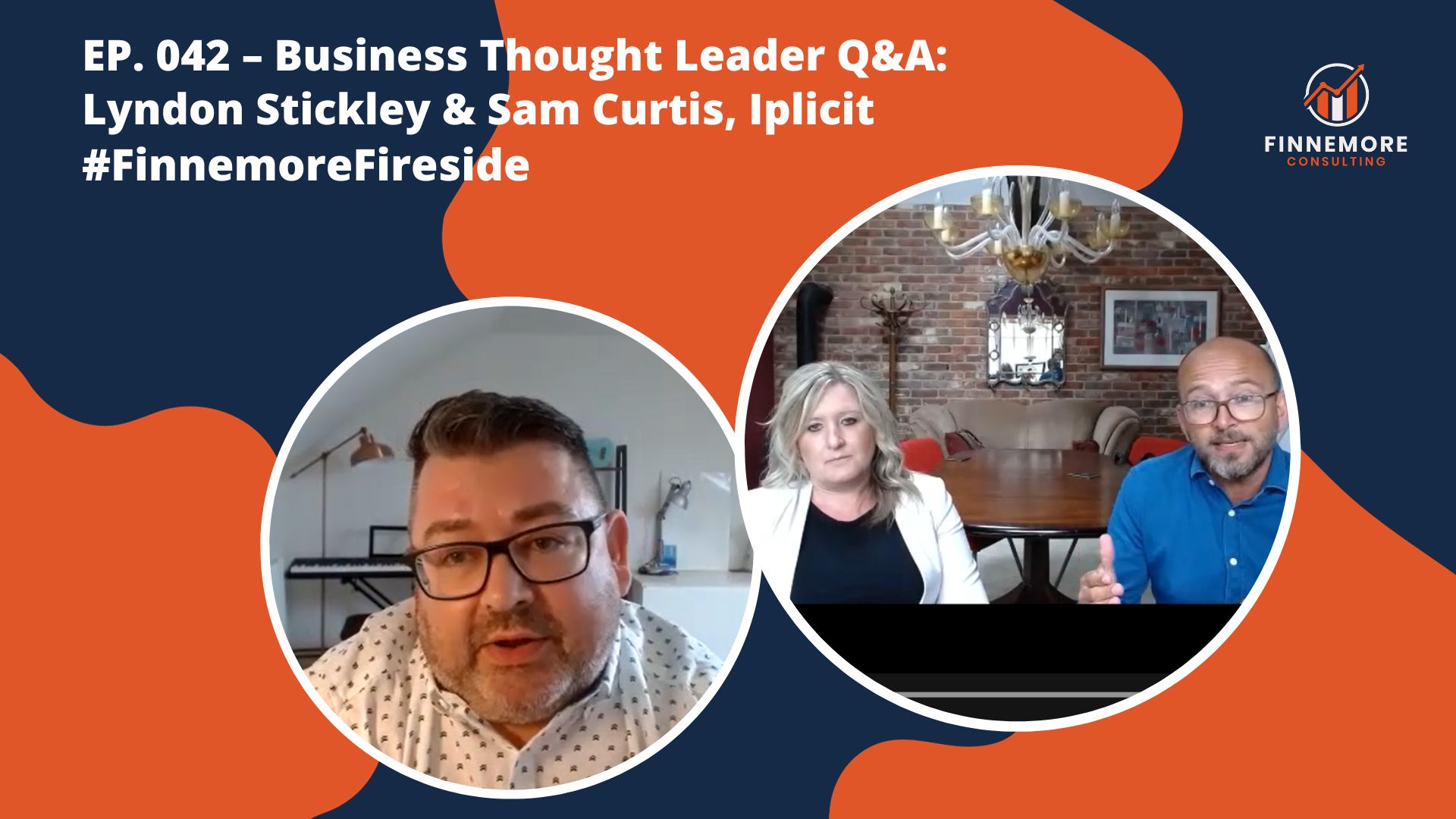In the education sector where every pound spent should contribute to the holistic development of students, the procurement process plays a crucial role. However, it’s not just about finding the lowest price; it’s about identifying the best value solutions that align with the specific needs of the school. And the quest for the best value goes beyond the price tag.
The Challenge
Many schools and trusts in the UK find themselves navigating the complex landscape of procurement without the guidance of a specialist. Often, that role must be covered in-house and staff often wear multiple hats, so the responsibility of buying high-cost and high-risk goods and services can feel risky and resource-intensive. Schools are also inundated with marketing materials, sales calls, and emails which can further complicate decision-making, leading many schools to stick with incumbent suppliers for a sense of security, even if it doesn’t always translate to the best value.
Other things need to be taken into consideration:
Diverse Procurement Landscape: Schools should recognise the diversity within the procurement landscape. Not all suppliers are created equal, and exploring alternative options can be the key to unlocking better value. A dedicated procurement specialist can help schools navigate this landscape efficiently.
Time and Resource Constraints: Understanding the time and resource constraints that school staff face is crucial. Procurement processes need to be streamlined and straightforward, allowing staff to focus on their primary responsibilities. This includes minimising the administrative burden associated with purchasing decisions.
Breaking the Incumbency Bias: The inclination to stick with incumbent suppliers can be a common challenge. Schools should evaluate whether the existing partnerships genuinely provide the best value or if exploring alternatives could lead to cost savings, improved services, or both.
Supplier Relationships: Building and maintaining relationships with trusted partners is essential. Schools should prioritise suppliers who not only offer competitive pricing but also understand the unique needs of the education sector and are committed to providing quality services.
So what is the best way to tackle procurement to get the best value and return on investment?
Invest in Procurement Expertise: Consider allocating resources to a dedicated procurement specialist or look to your Support Team for help and ideas. This investment can significantly streamline the procurement process, ensuring that the school gets the best value for its money.
Implement Technology Solutions: Explore technology solutions that can simplify the procurement journey. E-procurement platforms (e.g. G-cloud, ScoStore) can centralise information, provide insights into supplier performance, and facilitate a more transparent and efficient process.
Regularly Review Supplier Relationships: Conduct regular reviews of supplier relationships to ensure they align with the school’s evolving needs. This practice can help identify opportunities for improvement, renegotiation, or exploration of alternative options.
Encourage Competition: Foster an environment that encourages healthy competition among suppliers. This can lead to more competitive pricing and innovative solutions, ultimately benefiting the school.
Educate Staff on Procurement Best Practices: Provide training for staff involved in the procurement process. Educating them on best practices, including how to assess value beyond price, can empower them to make informed decisions.
By understanding the complexities of the procurement landscape, acknowledging the challenges faced by staff, and implementing strategic recommendations, schools can get the best value for their investments. Ultimately school leaders and those with procurement and finance responsibilities want to ensure that every pound spent contributes to the success and well-being of the students they serve, so arming yourself with knowledge and support beforehand and exploring all the options out there is a great first step.









